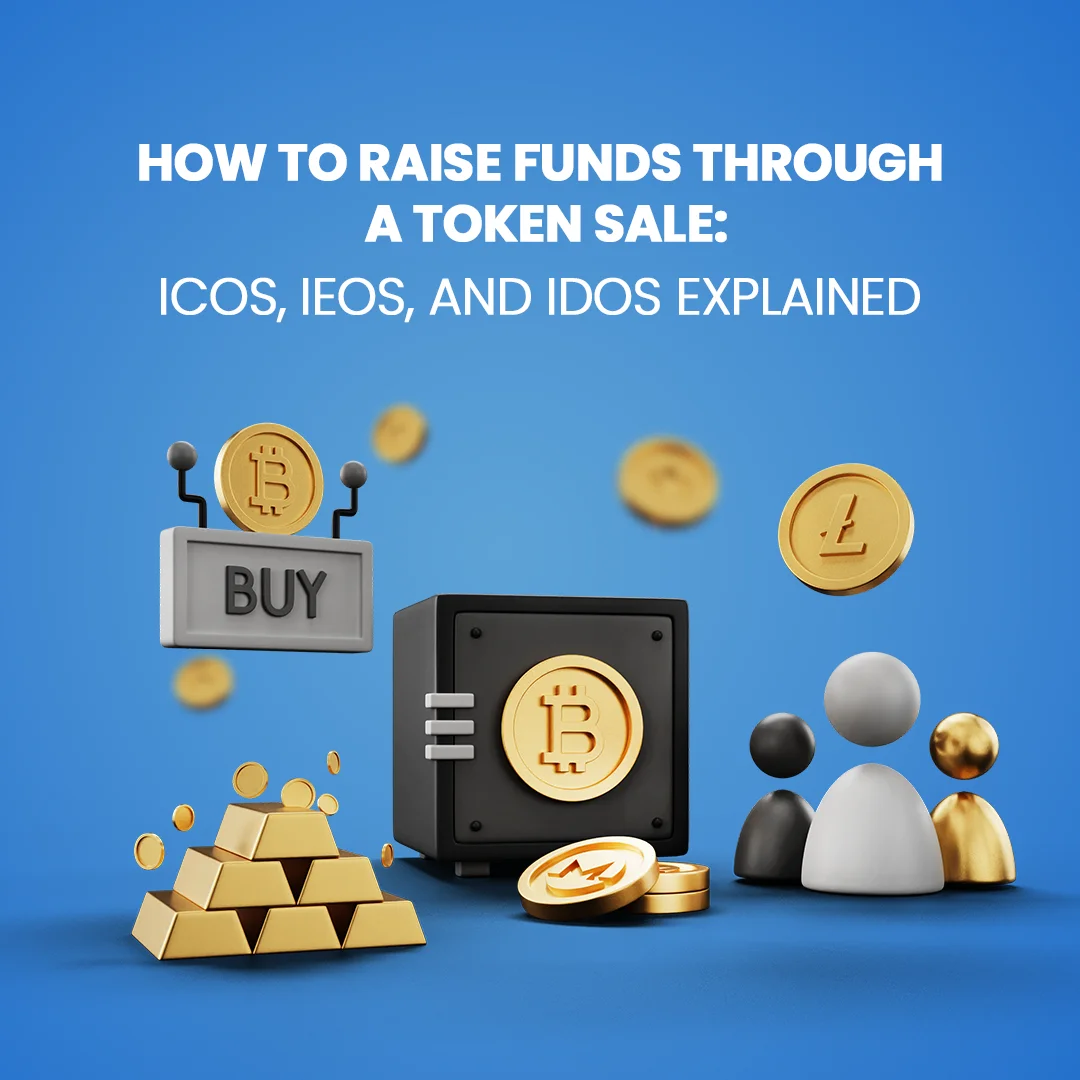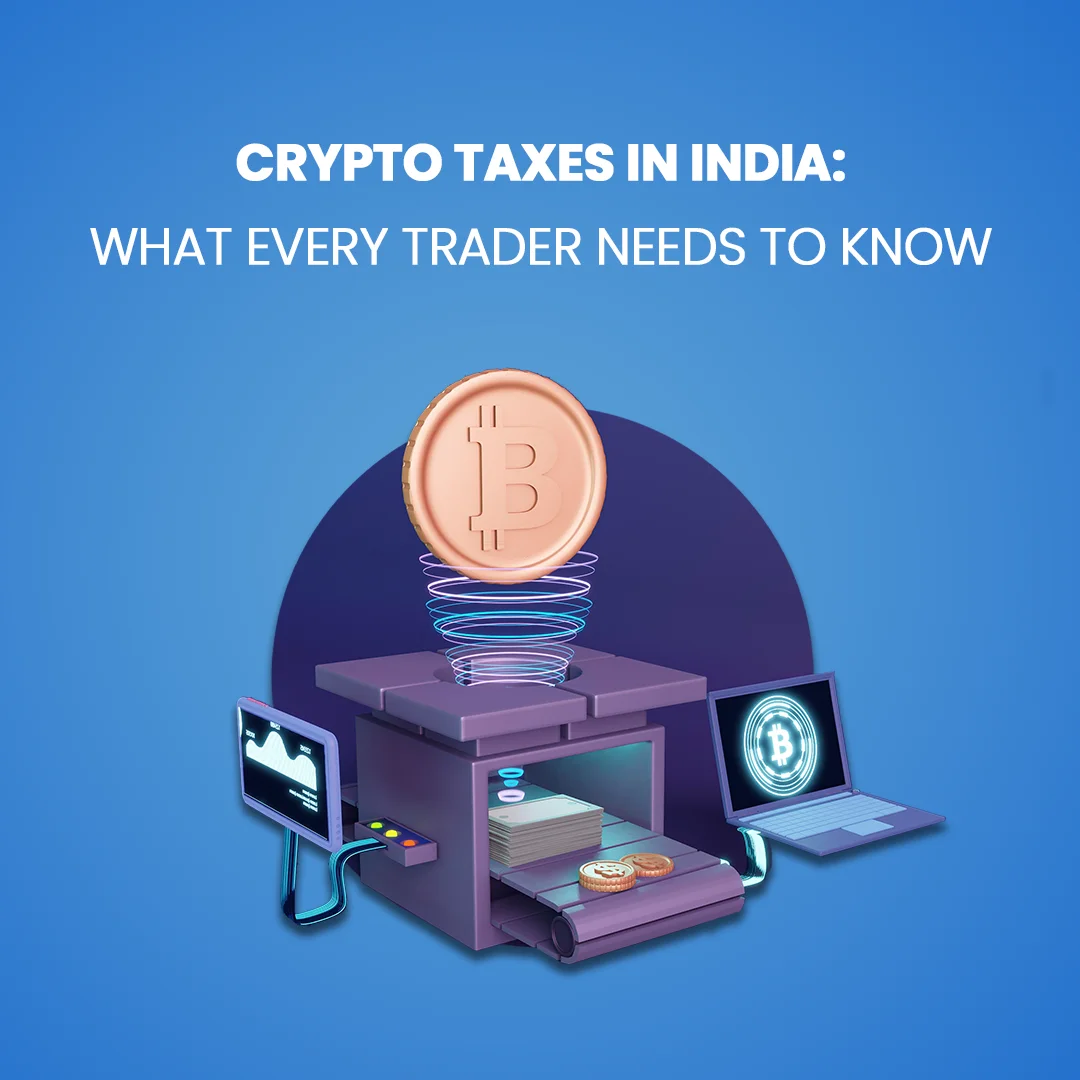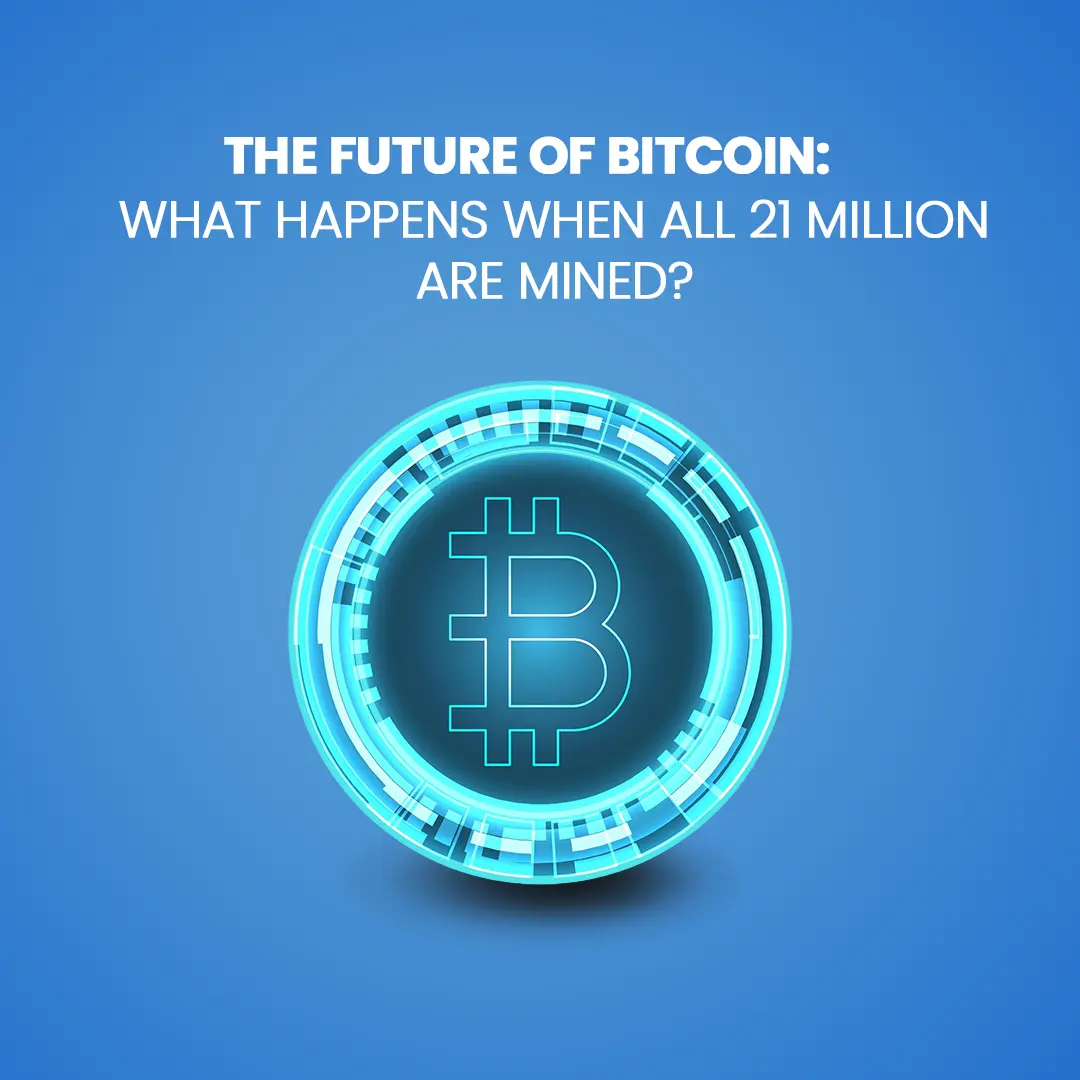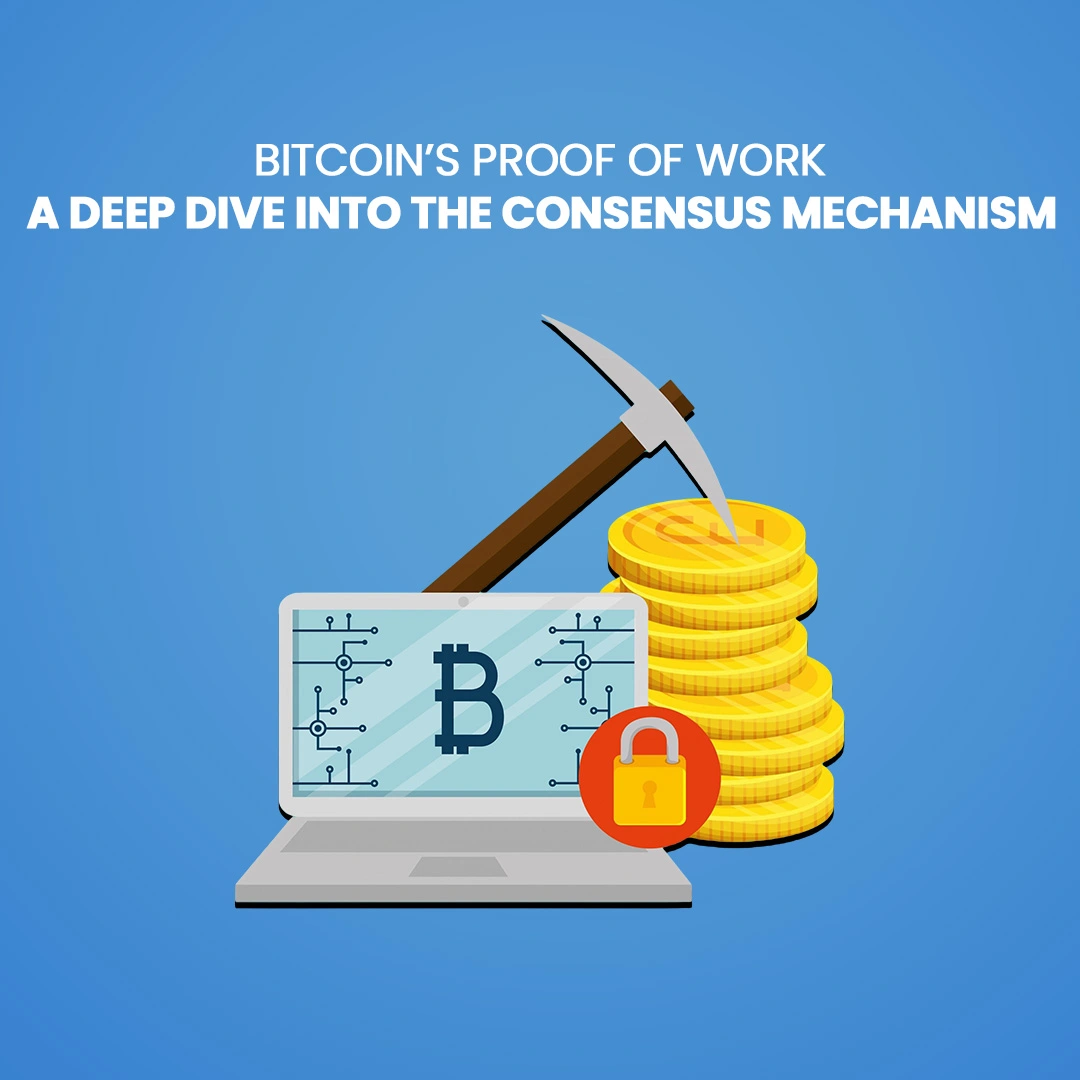

From The Evolution of Blockchain To The Era of Multichain World
The blockchain sector has evolved rapidly since it all started in 2009 as a single network known as Bitcoin. Blockchain to Multichain World on to Blockchain Interoperability, the journey has been fascinating.
The first blockchain to expand the boundaries of blockchain technology was Ethereum.
Hundreds more blockchains have subsequently been developed in an effort to address the blockchain scalability paradox, proving that this breakthrough was not just restricted to Bitcoin and Ethereum.
The term “multi-chain” describes the current ecology of hundreds of blockchains.
Multi-chain applications resolve the isolation of blockchains from one another.
It is difficult for users on one blockchain to access apps on another since each blockchain is designed to have a world of its own.
Multichain apps crafted across several blockchains can reach a wider range of users without them having to transfer networks or create new wallets.
This promotes trader base growth and simplifies things by enabling decentralized apps (dApps) to be available wherever users are already.
Understanding blockchain and its evolution
A blockchain started off with a first block that contains the first transactions; this block is frequently referred to as the Genesis block.
Based on the block’s date and time, an alphanumeric string known as a hash is also assigned to it.
In sequence, blocks are added to the chain. Each block binds the preceding ones together by generating its own hash using the previous block’s hash.
Venturing into the verification of each block before chaining it
Consensus is a computational technique used by blockchain to verify a block’s validity before adding it to the chain.
The majority of the blockchain network’s nodes must concur that the hash of the most recent block was computed accurately in order for this procedure to proceed.
The distributed ledger’s consensus assures that every copy is preserved.
It is engaging to explore the complex yet fascinating world of how different blockchain networks work together.
In the initial stages, blockchain supported Bitcoin by offering a distributed public ledger that enabled transactions to be recorded in a trustless environment without needing a central authority to build trust.
Transactions were not only more effective, but third-party verification’s customary fees were also removed.
When handling distributed transactions, blockchain also offered more security, traceability, and transparency than traditional methods.
Understanding interoperability and the flexibility it offers
Blockchain interoperability is the capacity for different blockchains to cooperate and communicate with one another.
Interoperability is crucial in the present multichain world. Cross-chain messaging protocols enable blockchains to read and write information (data) to one another.
This technology allows for the development of cross-chain decentralized apps, or dApps, utilizing a single set of smart contracts.
Unlike multi-chain decentralized apps, which run on multiple blockchains but remain separate, cross-chain decentralized apps are network-connected.
What actually led to the creation of interoperability?
In the beginning, several blockchains continued to be created.
These included Bitcoin, Ethereum, Solana, Litecoin, Ripple (XRP), and Binance Smart Chain (BSC).
Each of these came with distinct features and ecosystems, which triggered the need to have compartmented environments where data and resources were difficult to transfer between networks.
The emergence of extra blockchains necessitated communication between them in order to promote data exchange, asset transfers, and more effective decentralized apps, hence increasing the connectivity and accessibility of the blockchain ecosystem.
Cross-blockchain alignment with different industries
In the beginning, several blockchains continued to be created.
These included Bitcoin, Ethereum, Solana, Litecoin, Ripple (XRP), and Binance Smart Chain (BSC).
Each of these came with distinct features and ecosystems, which triggered the need to have compartmented environments where data and resources were difficult to transfer between networks.
The emergence of extra blockchains necessitated communication between them in order to promote data exchange, asset transfers, and more effective decentralized apps, hence increasing the connectivity and accessibility of the blockchain ecosystem.
Cross-blockchain alignment with different industries
At this stage, we may look at many hypothetical examples that may seem like a boon for many industries by integrating applications across several chains.
In reality, businesses may be able to create new revenue streams and business models by utilizing the capacity to develop applications across many chains.
Let us dive into understanding the current stage of blockchain technology and interoperability development.
Decentralized Finance, or DeFi
Cross-chain DeFi is kind of an existing concept.
The transfer of assets between other blockchains such as Ethereum, Binance Smart Chain, and Solana is made possible by technologies such as Thorchain and Anyswap.
Nevertheless, there is still some complexity in the process, and a smooth interoperability blockchain across ‘all chains’ is still developing.
Tokenization of Assets
Quite a few assets, like real estate and securities, are currently being tokenized on blockchains like Ethereum and Avalanche.
Projects like Cosmos and Polkadot are actively working on building cross-chain ecosystems where assets can travel across networks, despite the fact that interoperability in blockchain is still a difficulty.
Although we’re not quite there today, the future holds smoother token transfers between other blockchain systems.
Digital Currencies
Stablecoins (USDT, USDC) and other digital currencies are already operational on several blockchains.
Countries like China (digital yuan) and the European Central Bank (digital euro) are still testing Central Bank digital currencies, or CBDCs.
Though there is still a long way to go before digital currencies are fully interoperable, there has been progress through projects like Ripple’s CBDC project and Quant’s Overledger.
While it may take more time to fully develop, the goal of frictionless cross-border payments utilizing interoperable digital currencies is very possible.
Gaming Sector
Players are already able to own and exchange in-game assets as NFTs across platforms in blockchain-based games like Axie Infinity and The Sandbox.
Moving assets between various games and blockchains—such as Polygon to Binance Smart Chain—is still rather restricted, though.
The gaming industry continues to work toward full cross-chain interoperability, but at the moment, players frequently need to move assets using bridges or other specialized platforms.
Supply Chain or Operations Management
Supply chain tracking with blockchain is being utilized in the pharmaceutical, luxury goods, and agricultural industries (see Walmart’s blockchain system and IBM’s Food Trust, for example).
Although these systems offer increased openness, supply chain blockchain interoperability is still in the early stages. Solutions for cross-chain supply chains are being examined, although smooth system communication is yet to be mapped out.
Embracing Layer 1, Layer 2, and Appchains
The emergence of many blockchain variations throughout the ecosystem has facilitated increased scalability, security, and flexibility to cater to specific needs. It’s imperative to investigate Layer 1 (L1) blockchains, Layer 2 (L2) solutions, and appchains in order to fully comprehend how these networks function together.
Layer 1 Blockchains
Layer 1 blockchains are the foundational networks. Each network was designed based on user experience requirements on which decentralized applications (dApps) and other services are built.
Bitcoin
As the first blockchain, its main objective is to function as a decentralized value store. Though its transaction speed and scalability are constrained in comparison to more recent blockchains, its primary strengths are security and immutability.
Ethereum
This platform, which has been associated with creating smart contracts, is capable of more than simply financial transactions. It is compatible with non-fungible tokens (NFTs), decentralized financing (DeFi), and decentralized applications (dApps). Despite its great versatility, Ethereum has encountered challenges as demand has increased because of elevated gas fees and slower transaction times.
Solana
Designed with speed and scalability as its top priorities, Solana provides cheaper transaction times and faster processing, which makes it perfect for high-performance applications. For these benefits, a certain degree of decentralization is lost, but developers who require efficiency have a powerful substitute.
These blockchains all developed in response to different problems. Bitcoin was intended to be a safe, decentralized currency, and Ethereum added smart contracts to increase the potential of blockchain technology. Solana’s emphasis on speed and cost-effectiveness demonstrates how diverse scalability, security, and user experience requirements were taken into account when designing each Layer 1 network.
Layer 2 or L2
You may ask why Layer 2?
Since Layer 1 networks like Ethereum experienced challenges with scalability and high transaction costs as blockchain use increased, Layer 2 (L2) solutions came to rescue.
On top of Layer 1 blockchains, L2 networks are constructed to increase performance while maintaining connectivity to the security of the main chain.
Optimism and Arbitrum
These L2 solutions combine several transactions together using a method known as rollups, which lightens the stress on Ethereum’s network and speeds up transactions at the same time.
ZKsync
Another L2 approach, ZKsync more effectively validates transactions using zero-knowledge proofs.
As a result, it can handle a large number of transactions off-chain and provide an overview back to Ethereum, greatly increasing scalability without compromising security.
Therefore, because L2 exists, users can benefit from quick, inexpensive transactions combined with the security of a large blockchain network.
L2 as a solution is important since it makes Layer 1 networks faster and less expensive to utilize by offloading some of their computing burden.
The main benefit, though, is that they continue to benefit from Ethereum and other Layer 1 networks’ decentralization and security.
Appchains and how are they customized for varied uses
Appchains are known to concentrate on customisation for particular use cases, whereas Layer 1 and Layer 2 networks were designed to strive for increased performance and scalability.
Appchains are distinct blockchains created for certain uses.
Some of the major players in this market include
Cosmos
Cosmos offers a platform for building separate blockchains with interoperable communication.
Recognized for its “internet of blockchains” technique, Cosmos permits any appchain to be tailored for particular requirements while preserving compatibility with other blockchains inside the Cosmos network.
Polkadot
Polkadot features an innovative structure that enables the simultaneous operation of specialized chains, or parachains, that communicate with one another via the Polkadot Relay Chain.
This makes it possible for assets and data to be securely transferred between several parachains and permits a great degree of customization.
What’s the difference between customization vs. interoperability?
Appchains provide developers with a great deal of flexibility.
A business can create a blockchain that is tailored specifically for their use, optimizing for features like governance guidelines or transaction speed.
However, when numerous appchains with various frameworks need to communicate, interoperability becomes difficult.
By building ecosystems where appchains may still communicate and exchange data, projects like Cosmos and Polkadot are resolving this issue and striking a balance between the requirement for personalization and the necessity for connectivity within the larger blockchain network.
Why Do Isolated Blockchains Limit Growth & Innovation?
At the start of the blockchain development, every blockchain was a separate ecosystem, running by itself with its own set of rules, tokens, and protocols. Though this arrangement was quite fruitful in the beginning, it became evident that isolated blockchains impose several limitations that hold back growth and innovation.
1. Lack of Interoperability in Blockchain
Isolated blockchains are like islands—users and assets are restricted to one network with no or difficult ways to communicate or move to other blockchains.
This absence of interoperability in blockchain hinders the sharing of data and assets, which makes it complicated for decentralized applications (dApps) to scale across various ecosystems.
The lack of smooth collaboration means that the developers and the companies they work face problems, such as the inability to scale a broader market or include multiple services.
2. Fragmented Liquidity
In DeFi, which involves decentralized finance and other financial services, liquidity or funding access is one of the main prerequisites.
A lonely blockchain can block money in its own network, hence the resources are not available to individuals and applications traveling on other chains.
The fragmented liquidity situation is what users find as an obstacle to them to use the best financial opportunities available, and thus, it brings inefficiency and loss of international collaboration in the financial service industry.
3. Limited Collaboration and Development
When blockchains diverge without any linkage, developers face no option but to construct applications that are tethered to the same blockchain.
This absence of community cooperation leads to the stymieing of innovations, as developers are fettered within the ability of a solitary blockchain.
On the other hand, the compatibility makes programmers utilize the strengths that come from various blockchains, which are most likely, illuminate something like Ethereum’s smart contracts together with Solana’s speed, for instance, that make applications that are improved and more powerful.
How Do Blockchains Communicate?
Let us understand the core technology behind interoperability and what exactly makes the communication between blockchains possible and easy.
Crosschain Bridges
We discussed about the bridges before in this article, stating that the players frequently need to move assets using bridges or other specialized platforms.
Understanding crosschain bridges, such as Polkadot’s relay chain and Cosmos IBC, these are channels allowing the transfer of tokens as well as data. However, they encounter the difficulties of safety and being small enough to embed.
Atomic Swaps
Atomic swaps permit participants to use decentralized exchange to trade tokens between separate blockchain systems without need for an intermediary.
This provides better autonomy, but the current limitations are about speed and adoption.
Interoperability Protocols
Protocols like Chainlink CCIP, Quant’s Overledger, and Wanchain provide a unified framework for seamless crosschain transactions, simplifying communication between blockchains.
Leading Projects and Solutions in Blockchain Interoperability
Players of all levels enjoy tap-to-earn games since these games are simply profitable without any fuss. Most of these games make earning prizes simple by rewarding simple activities that the players are involved in. It doesn’t take much effort to start scoring points. There is more to add up to the opportunities or your rewarding experiences.
Polkadot
The model of Polkadot’s parachain enables interoperability by intervening as the circuit for multiple blockchains, which means it is the connector of blockchains to the “internet of the blockchains.
Cosmos
The IBC protocol of Cosmos is the intermediary for a seamless transfer of blocks, and thereby it brings “The Internet of Blockchains” concept to reality.
Chainlink
Chainlink’s CCIP introduces the core concept of decentralized interoperability, which is the interconnection of different computers on the blockchains using a blockchain network, enabling secure crosschain data and token transfers.
Other Significant Players
Avalanche and ThorChain are two significant players that release more features on developing the blockchain interoperability project. Wanchain is another player that’s an essential contributor to the project.
What Are Some Present-Day Challenges In Interoperability?
Security Risks
It is challenging to ensure security and trust in blockchain interactions because cross-chain bridges are prone to hacking and double-spending harm.
Scalability Problems
Data transfers between chains may result in bottlenecks, which cause lag delays and poor performance.
Fragmentation
The numerous blockchains, each with its own set of standards, make it more difficult for chains to communicate with one another and function as a cohesive unit.
Governance and Consensus
One of the biggest obstacles to greater interoperability is getting consensus amongst various blockchain communities over protocols and standards.
To Sum it Up, Does Blockchain Interoperability Really Matter in the Future?
Blockchain interoperability enables frictionless asset transfers, data sharing, and communication between various networks, which is critical to the development and success of decentralized technology. This feature will spur innovation by providing more effective and scalable applications, opening up new opportunities in DeFi, Web3, and the larger digital economy. In order to surmount current obstacles and guarantee a future in which blockchain ecosystems may collaborate for worldwide influence, it is imperative that research, development, and collaboration continue throughout blockchain communities.
FAQs
Indeed, a lot of tap-to-earn games are real, but you must always verify if they are real before playing.
Profits can differ, but they are usually modest and are based on your level of activity and the game.
Yes, there are risks. These include unclear legislation, minimal earnings, privacy difficulties, and scams.
The vast majority of tap-to-earn games do provide withdrawals, yet each game may have distinct procedures for converting to real cryptocurrency.
X Empire, TapSwap, and Hamster Kombat are a few of the recognized games; however, it is essential to read user reviews.







